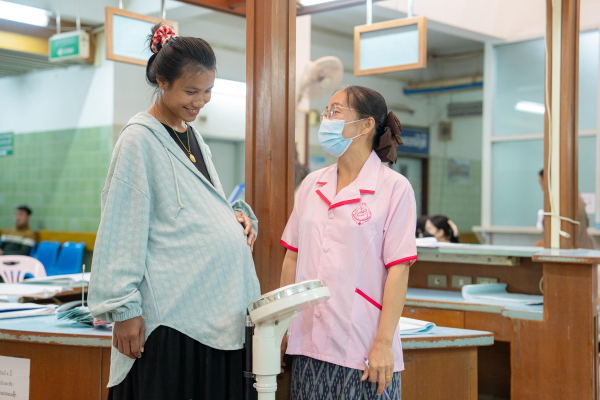KPL
Across Asia and the Pacific, fertility rates are falling. Headlines warn of “population collapse,” and young people are often blamed – accused of turning away from parenthood. But the real crisis is not “too many” or “too few” births. It’s about whether young people can choose when and how to start or grow a family, on their own terms. For too many young people who ask the question: Can I build the life I want? The answer is no.

On World Population Day, UNFPA Regional Director for Asia and the Pacific, Mr. Pio Smith calls for systems that empower young people across the region to decide on their future where parenthood is a choice – not a risk or a burden.
(KPL) Across Asia and the Pacific, fertility rates are falling. Headlines warn of “population collapse,” and young people are often blamed – accused of turning away from parenthood. But the real crisis is not “too many” or “too few” births. It’s about whether young people can choose when and how to start or grow a family, on their own terms. For too many young people who ask the question: Can I build the life I want? The answer is no.
This is the fertility story we need to tell. Not one driven by panic but by the urgent need to support reproductive agency and real choice.
Around the region and the world, young people are either shut out of parenthood or forced into it by systems that fail them. Systems that push girls into early motherhood without access to contraception or education, that delay parenthood for couples facing job insecurity, unaffordable housing or rigid gender roles, that exclude young people because of who they are, who they love, or where they live.
A few months ago, I met a 17-year-old mother in a remote part of Vanuatu, who had walked for hours to reach the nearest clinic. It was her first time accessing any kind of healthcare as a young adult. No contraception. No antenatal care. Yet she spoke about her dream to finish school and become a teacher. Her aspiration is not extraordinary. But the obstacles in her way are.
This story is not unusual. It echoes across the region. Over 40 per cent of adolescent pregnancies are unintended and fewer than one in four sexually active, unmarried adolescents use modern contraception. In rural areas, in conflict zones, and among marginalized groups, the barriers are even greater. They fall heaviest on migrants, LGBTQIA+ youth, young people with disabilities and ethnic minorities.
In some countries, social stigma and legal restrictions keep young people from accessing sexual and reproductive care. In others, it’s restrictive gender norms, especially for unmarried youth. In crisis-affected areas, services are overstretched or non-existent. These are not just health gaps. They are justice failures.
Even where services exist, economic insecurity, care burdens and social expectations still stand in the way of reproductive agency. UNFPA’s 2025 State of the World Population report shows that in Thailand, where most people reported wanting two or more children, fertility has declined to 1.2 children per woman. In the Republic of Korea, it’s 0.8, the lowest in the world – not because people are rejecting parenthood, but because the systems around them prevent them from realizing their aspirations.
Reproductive agency means more than access to services. It means the power to make informed choices, free from stigma, discrimination and coercion. It means being able to start a family – or not – in safety, dignity and with hope.
Today, young people are navigating a world marked by climate disasters, economic instability and rising conflict. Many feel they’ve inherited a future more fragile than their parents’ - one shaped by decisions made without them. And when hope disappears, so does the willingness to bring children into the world. But this is not inevitable.
If we want to see stronger families and resilient societies, we must create the conditions that make choice and hope possible.
KPL